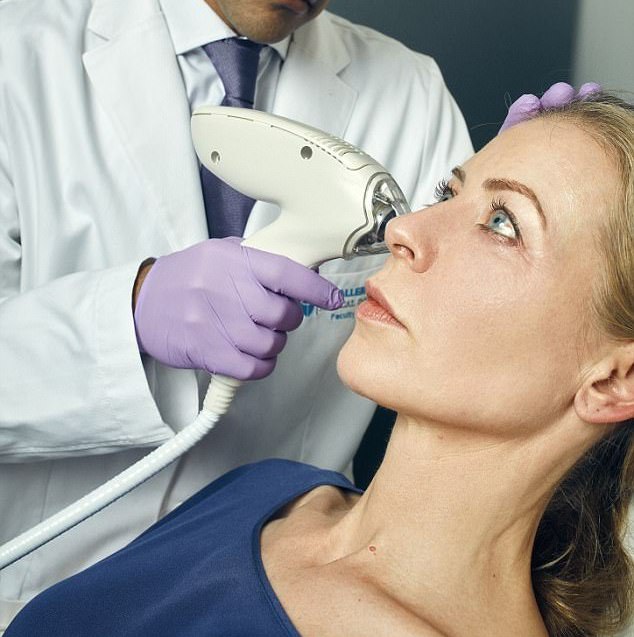
It’s great that the All-Party Parliamentary Group on Beauty Aesthetics and Wellbeing has delivered its report on advanced aesthetic non-surgical cosmetic treatments. Here’s my take on it.
(If you didn’t know about this, this group has been labouring away over the past two years looking into the lamentable state of non-regulation of aesthetic procedures in the UK. You can read their concluding report on their website.)
What’s my take on this?
What do I think? Well, as someone who has been doing my best for years to open up the conversation around non-surgical procedures, and to support excellence in this area, and to point out how people can keep themselves safe if they choose to engage with tweakments, I’d like to say that I very much support this mammoth piece of work.
It’s (almost all) good
We absolutely need definition of what non-surgical aesthetic procedures are, there should be education and training frameworks for people who are allowed to carry out these treatments, training providers should be regulated, the advertising of these procedures should be controlled, psychological assessments should be done for all — for the safety of the public and the reputation of the industry. I’m less keen on non-medics being able to train in what I still think should be regarded as medical procedures.
And it was good to see the report acknowledge that there is excellence in this industry. The aesthetics industry is so routinely trashed by media scare stories that it puts many people off from even thinking about engaging with it.
[arve url=”https://youtu.be/tunXlDWuUFg” /]
There’s still one big question
Yet for me, the big question remains as to whether the government will grasp this particular nettle and actually do something about it this time. I say ‘this time’ because there have been so many missed opportunities at which the UK government could have stepped in and taken a grip of this burgeoning industry.
I feel I have been writing about problems in the industry forever. Back in 2001, I was writing ‘Goodbye to the cosmetic cowboys’ – That was optimistic, wasn’t it?
After the PIP breast implant scandal in 2010, Professor Sir Bruce Keogh spent three years heading a review into cosmetic surgery and non-surgical procedures which concluded in 2013, among other things, that: ‘It is our view that dermal fillers are a crisis waiting to happen.’
The Keogh report recommended that dermal fillers be regulated as prescription-only medicines (so that they are only available to people – doctors, nurses-prescribers, dentists – with prescribing credentials) rather than as medical devices. Because now, you and I and anyone can go and buy them and start injecting them into anyone we like, perfectly legally – and yes that’s mad.
And every time this issue is raised, everyone gets all shocked about it and says Something Must Be Done, and nothing IS done, and the whole situation continues to spiral.
How the tweakment industry problems have spiralled since 2013
Since 2013, the situation has spiralled – partly because more people are offering tweakments, partly because more people are considering them and are curious to try them, and one large part is because of the popularity of dermal fillers among the young. These are the 18-30-year-olds who simply weren’t the original target market, but who now – thanks to the pervasive influence of social media – see the enhanced lips, cheeks and jawlines of their online idols all around the world and want them for themselves. These youngsters are much more cost-conscious than the older demographic that is looking to restore to their faces what nature and age is taking away, and less likely to bother checking a practitioner’s credentials.
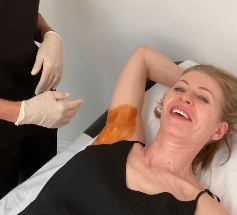
So what now?
The Department for Health and Social Care has said that it will review the report’s recommendations.
Patient Safety Minister Nadine Dorries has said: “Patients must always come first, and I am committed to protecting their safety making sure people have the right information they need to make informed decisions about cosmetic surgery, and ensuring the highest quality training is accessible to all practitioners.”
And while it would be fab if there could be a Government-run mandatory register of aesthetic practitioners, the APPG has already been advised that the Department of Health ‘was not convinced of the affordability and enforceability of a Government-run mandatory register and had reservations about the potential financial cost to the industry.’
Will anything actually happen?
So that’s a no, then- and with an ongoing pandemic and the resulting crisis across the health service, it’s hard to see how the aesthetics industry could become a priority. For now, the APPG is keener to ask the government to set national standards for training and qualification.
So – this is good but I urge the BAW-APPG to press forward towards actual action. As the report points out, there’s a national licensing scheme for the tattooing and piercing industry – why not for non-surgical cosmetic procedures?
Because everyone wants, needs, and deserves for this industry to be in better shape than it is now.
Related Stories
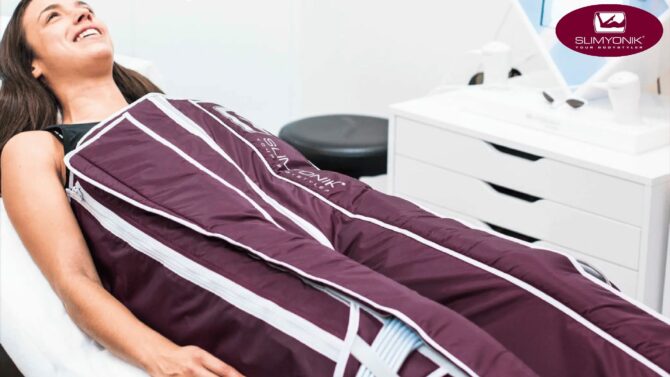
Body contouring
Would You Try This Inflatable Suit To Tone Your Body?
We’ve always been told that lying back and relaxing won’t do a thing to transform our bodies...
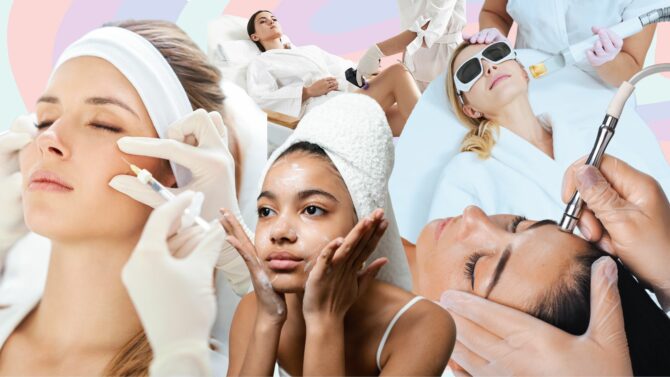
Concerns
The Tweakment Ladder: How To Take Your First Steps In Tweaks
Given the huge number of tweakments available, it’s increasingly hard to work out where you should...
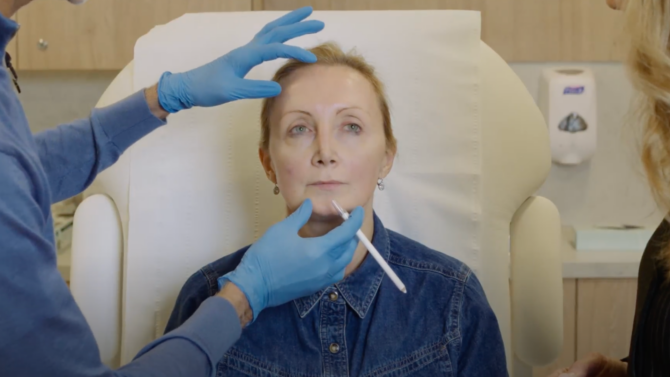
Tweakments
Less Is More – How To ‘Press Pause’ On Ageing With Natural-Looking Filler
Can we really ‘press pause on ageing’ using dermal filler? Alice visited globally-renowned...
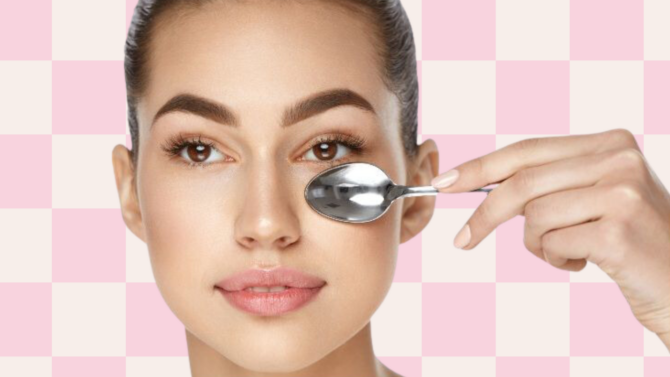
Tweakments
Three Free Tweaks
After my recent story about The £1000 face, I thought I’d better tone it down a bit and write...



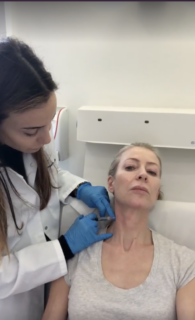



 The Tweakments Chatbot
The Tweakments Chatbot